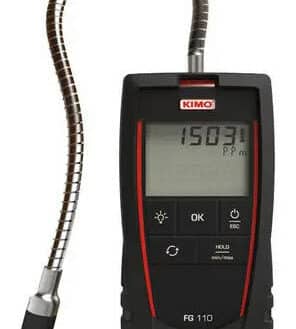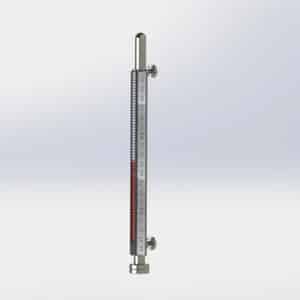Humidity is an important parameter in various manufacturing processes, in storage, as well as for the control of heating and air conditioning systems. When we talk about humidity sensors, it’s important to distinguish between humidity, which represents the amount of water vapor present in the air or in a gas (humidity which represents the amount of water present in a liquid or solid, such as wood or concrete(moisture in English). The technologies and equipment used to measure these two types of humidity are different and this buying guide only deals with humidity sensors for gases.
A humidity sensor is a device that reacts when its sensitive element comes into contact with the humidity in the atmosphere, emitting an electrical signal that can be processed by a measuring instrument (hygrometer), a display or an automation system.
It is important not to confuse a humidity sensor with a hygrometer. The hygrometer is a measuring instrument that displays the humidity value (on a display or any other type of dial), while the sensor simply emits an electrical signal that will have to be processed by another device.








